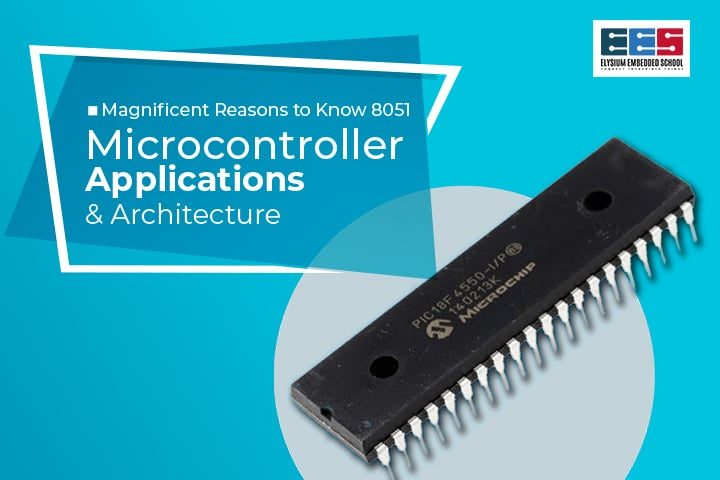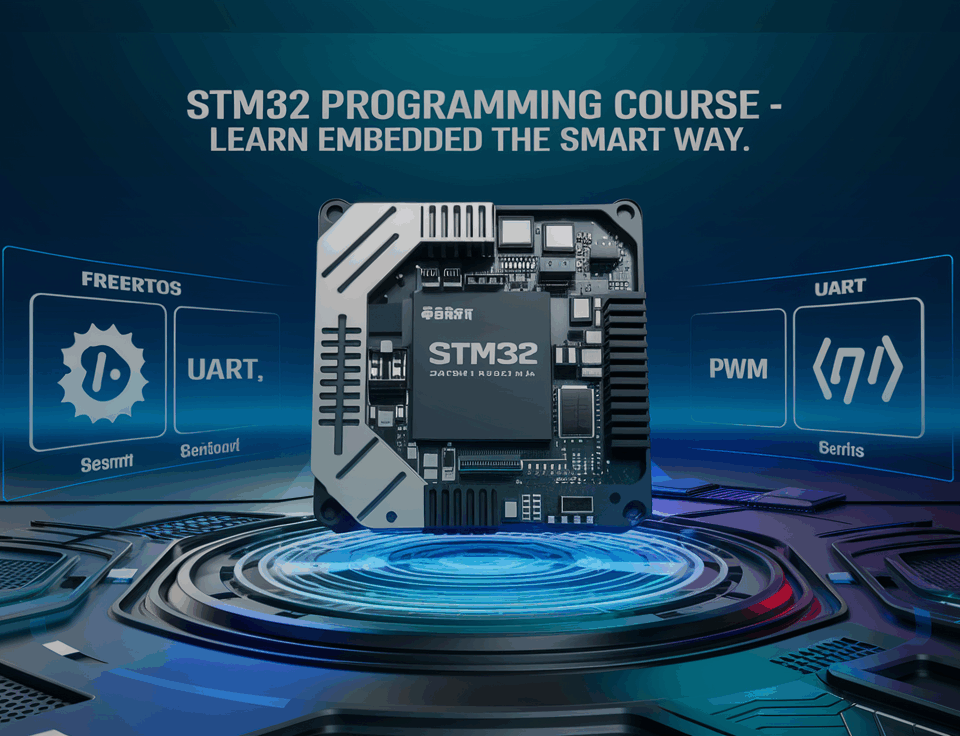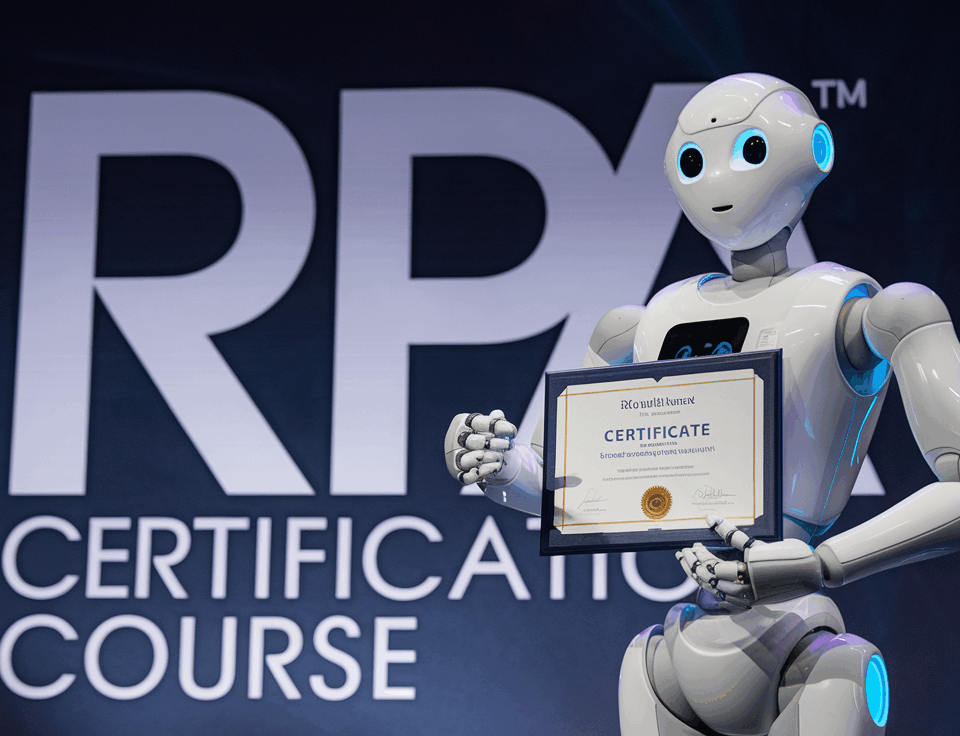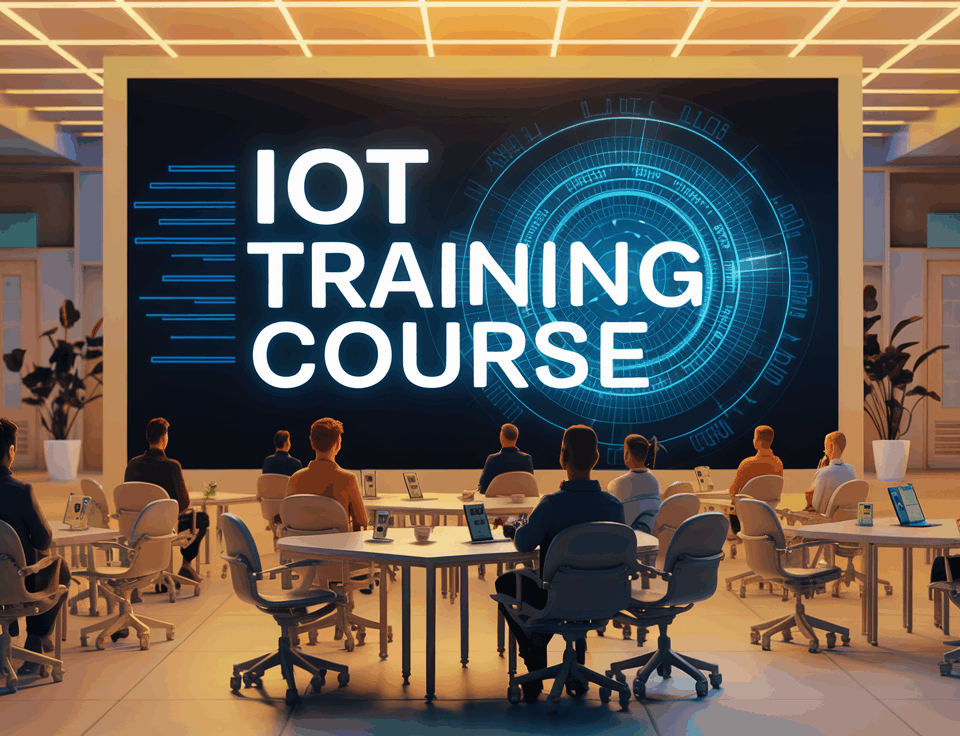
Everyone Should Know About the Emerging Robotics Trends in 2020
January 10, 2020
Boost Your Academic Using Arduino Certification Course
January 30, 2020Introduction
8051 microcontroller architecture: Generally, 8051 microcontroller architecture was specifically designed by Intel. In fact, the 8051 microcontroller based on Harvard architecture, and it was developed primarily for Embedded Systems Course technology. Basically, this microcontroller has been developed using NMOS technology that needs more power to operate. Hence, Intel redesigned 8051 microcontroller using CMOS technique and also their latest versions. As a matter of fact, 8051 consists of two buses and two memory spaces of 64K * 8 sizes for data units and program. It has an 8-bit processing unit and also 8-bit accumulator units.
Architecture of 8051 Microcontroller
The following mentioned diagram is the architecture of the 8051 microcontroller. Let look at every part or block of this architecture.

CPU (Central Processing Unit)
As you already know that, the CPU is the brain of any processing device of the microcontroller. In fact, it manages and controls all operations that are performed on the microcontroller units. Since the user has no control through the work of the CPU directly, it reads a program written in ROM memory and executes them and does the expected task of that application.
Interrupts
As its name suggests, Interrupts of the microcontroller's primary operations or work and causes it to execute any other program that is more vital at the time of operation.
In fact, the feature of Interrupt is very useful as it helps in the case of emergency operations. An interrupts us a mechanism to put on hold the ongoing operations, execute a subroutine, and then resumes to another type of operations.
The 8051 microcontroller can be configured in such a way that it temporarily terminates the basic program at the occurrence of interrupts. When a subroutine is completed, then the execution of the main program begins. In general, five interrupt sources are there in 8051 microcontroller. There are five vectored interrupts are shown below.
- INT0
- TF0
- INT1
- TF1
- R1/T1
Out of these (INT0) and (INT1) are an external interrupts, which could be a negative edge triggered or low level triggered. When all these interrupts are activated, set the corresponding flags except for serial interrupt. In fact, the interrupt flags are cleared when the processor branches to the interrupt service routine.
On the other hand, the external interrupt flags are cleared when the processor branches to the interrupt service routine, provide the interrupt is a negative edge triggered. In contrast, the timers and serial port interrupt two of them are external interrupts; two of them are timer interrupts and one serial port interrupt terminal.
BUS
In general, the bus is the collection of wires that work as a communication channel and medium for data transfer. However, these buses include 8, 16, and more wires of the microcontroller. Therefore, these carry 8 bits, 16 bits simultaneously. Here, there are two types of buses consists of
- Data bus
- Address bus
Data Bus: 8051 microcontroller consists of 8 bits of the data bus. It is useful to transfer data of specific applications.
Address Bus: In general, 8051 microcontroller includes 16-bit address bus for carrying the data. In fact, it is useful to address memory locations and to carry the address from CPU to memory of the microcontroller. It consists of four addressing modes such as
- Immediate addressing mode
- Direct addressing mode
- Register indirect addressing mode
- Register addressing mode
I/O Port
Basically, Microcontroller is useful in embedded systems. It is useful to monitor and control the operations of machines in a Microcontroller Course. Hence, to connect it to other machines, devices, or peripherals, it needs I/O interfacing ports in the microcontroller interface. For this reason, 8051 microcontroller has four input, and output ports to connect it to the other peripherals.
Timers and Counters
8051 microcontroller consists of 16-bit timers and counters. However, these counters are categorized into the 8-bit register. The timer is useful for the measurement of intervals to determine the pulse width of pulses.
Oscillator
Basically, the microcontroller is a device. Hence, it needs clock pulses for its operation of microcontroller applications. For this reason, 8051 has an on-chip oscillator that works as a clock source for CPU of the microcontroller. The output pulses of the oscillator are stable. Hence, it helps to allow synchronized work of all parts of the 8051 microcontroller.
Applications of 8051 Microcontroller

The applications of 8051 are specifically useful in daily lives and industrial applications. Although with the development of many advanced and superior microcontrollers. 8051 microcontroller is being useful in various embedded systems and applications. Some of the applications are shown below.
- Consumer appliances
- Home applications
- Communication systems
- Aeronautical and Space
- Robotics
- Defense Systems
- Radio and Networking Equipment
- Remote Sensing
- Medical Equipment
- Industrial Process and Flow Control
- Light sensing and controlling device
- Temperature sensing and controlling devices
- Fire detections and safety devices
- Automobile applications
Industrial Applications of Microcontroller
- Process control devices
- Industrial instrumentation devices
Some of the 8051 Microcontroller is Useful in Measurement Applications
- Voltmeter applications
- Current meter objects
- Handheld metering system
- Measuring and revolving objects
Summing Up
8051 Microcontroller is well-suitable for students those who want to know about embedded systems. Since, it is the most popular microcontroller used in embedded. Through this course, students attain the expertise in writing assembly programming language, developing microchips useful in robotics, designing memory interfacing and I/O interfacing procedures with 8051.
Embedded School is the pioneer of education providing the best learn 8051 Microcontroller as per the industry requirement. It helps to allow the candidates to land on their dream jobs in companies worldwide. At the same time, we offer the PIC, AVR, ARM Microcontroller. Embedded School implements a blend of academic learning and practical sessions to provide the candidate optimum exposure which helps in the transformation of students into an experts that are recruited within the industry very easily.




